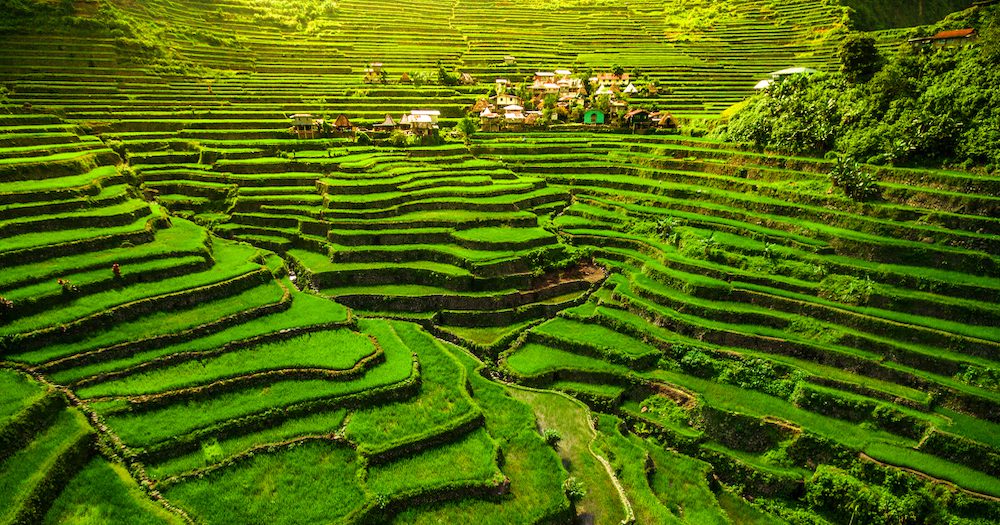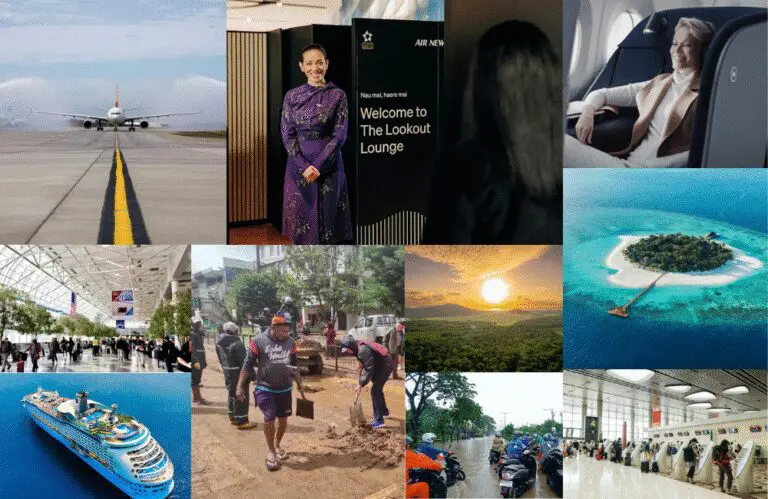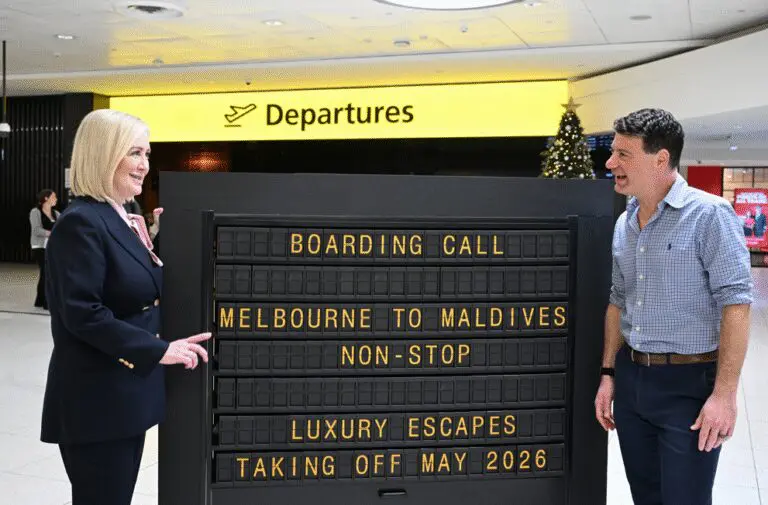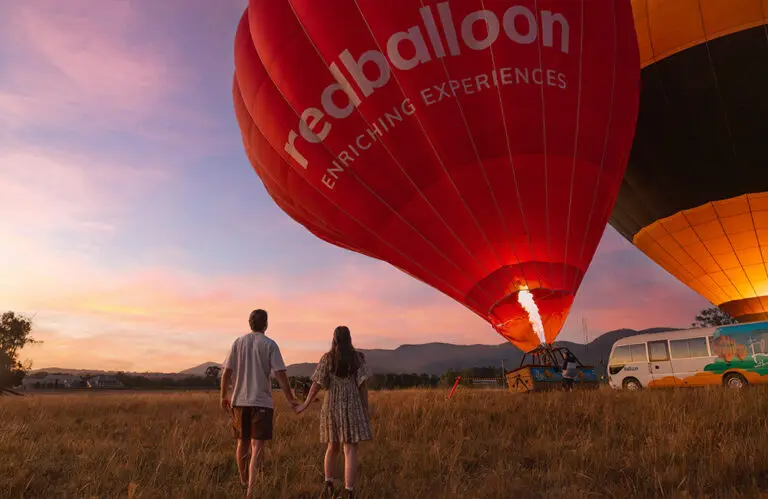More than anything else, destinations rely on imagery to win over potential visitors. But there are some key dos and don’ts around the types of images travellers want to see.
Broadly speaking, consumers want more transparency and authenticity in destination advertising campaigns, according to a recent Australian and New Zealand study on attitudes towards travel, technology and culture.
This means travellers want to see real imagery of a holiday destination as opposed to computer-generated images or indeed stock images from other countries or destinations, which believe it or not, does happen.
The survey results come shortly after a new tourism campaign for the Philippines copped criticism for using stock images from other countries.
According to AFP, the advertising agency responsible for the campaign, DDB Philippines, apologised for the “foreign stock footage”, which included rice terraces in Indonesia and sand dunes in Brazil.
In the Getty Images & iStock VisualGPS consumer survey, the travel sector is one of the top three industries likely to experience negative backlash from the use of doctored images, with nearly half (40 per cent) of those polled saying misleading imagery would negatively impact their opinion of a brand.
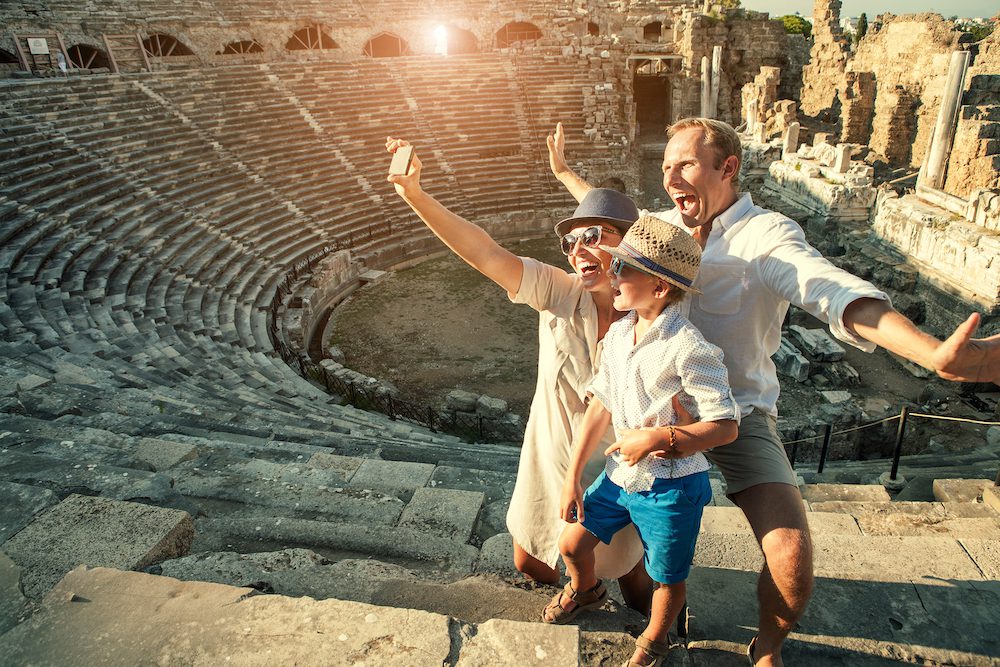
“This backlash demonstrates people’s desire for realism. Our data tells us they are looking for images and videos that reflect real local culture, real people and real experiences,” Getty Images & iStock Head of Creative Insights Asia Pacific Kate Rourke said.
Raw and real
Along with greater transparency, Australian and New Zealander travellers want to see more familiarity in destination marketing.
In the study, eight out of ten (79 per cent) respondents said they wanted visuals and videos that depict travellers who look like them and their families and friends on holiday.
“Travellers in Australasia value unique and personalised travel experiences which allow them to explore their own personal interests,” Rourke said.
“With travellers favouring local culture over well known attractions, this is where real and custom stock content showing different people and locations in campaigns can really help travel brands attract a wider audience.”
According to the study, most consumers (89 per cent) said they wanted brands to be upfront about whether or not an image or video had been altered. This is even more crucial given that two in three respondents admitted to not knowing if an image or video had even been manipulated.
So basically, imagery can break destinations as much as they can make them.
Destination marketers aren’t the only groups who have faked imagery, with influencers also busted for previous indiscretions.



